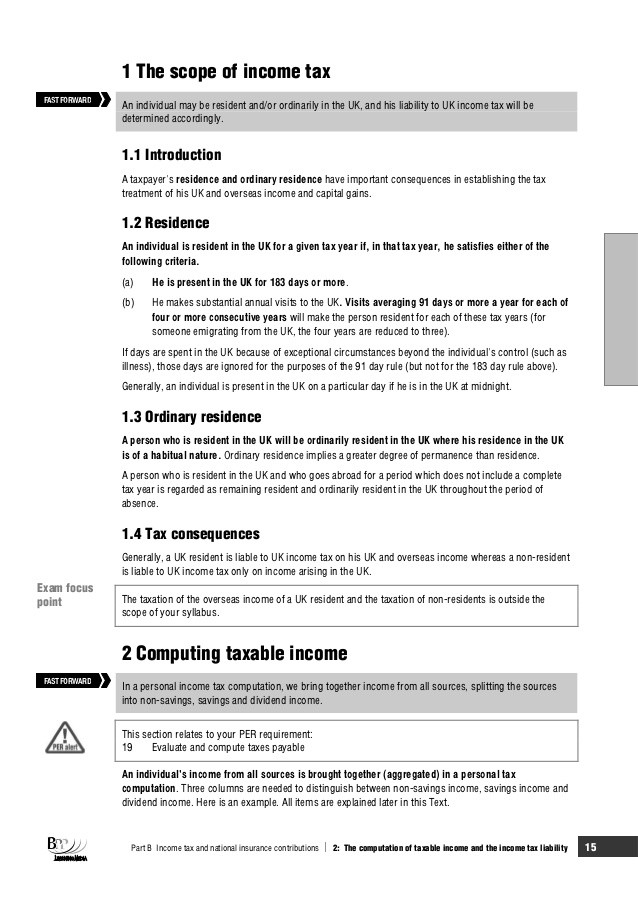How UK dividends are taxed
Post on: 2 Май, 2015 No Comment

I ncome from ordinary dividends is taxed more favourably in the UK than interest on cash savings or fixed interest such as corporate bonds or gilts.
However, working out the tax you’ll pay on your dividend income can be complicated.
There are several factors to consider, including:
- Your income, and so your rate of income tax.
- Whether you gain the dividend within a tax shelter or outside.
- Since 2007 certain property investment companies called REITs now pay Property Income Distributions (PIDs). These are treated differently to ordinary dividends, and are classed as property income.
Further complicating matters are the tax credits associated with both dividends and PIDs.
- Ordinary dividend There is a ‘notional tax credit’ equal to 1/9th of the dividend, which effectively reduces the tax you pay, but which isn’t actually paid to the tax man by you or the company. It’s there just to complicate matters, as far as I can tell.
- PID – There is a 20% ‘real’ tax credit associated with PIDs paid, which really does reflect money paid to the Inland Revenue, and which can in some limited circumstances be reclaimed.
In this post I’ll explain how UK dividends are taxed. In a separate post I look at tax on PIDs .
UK dividends: What tax will you pay?
Dividends are generously treated by the current UK tax regime compared to savings, presumably on the grounds that the company has already paid tax once on its earnings.
Whereas savings interest is taxed at 20% or 40%, the effective rate of tax on dividends is either 0% or 25% (see below for what I mean by ‘effective’).
If your income is over £150,000 a year, special rules apply: see my footnote 1 .
Companies in the UK pay dividends gross: i.e. without any tax having been paid. There is also that notional tax credit, which is equal to 1/9th of the dividend associated with the dividend.
UK dividends inside a tax shelter
A tax sheltered account may be an ISA, a Child Trust Fund or a pension.
- No tax has been paid or is due on your dividend income in a tax shelter.
UK dividends outside of a tax shelter
Dividend income outside of a tax shelter may need to be taxed further.
You’ll work out whether you need to pay tax on your dividends and if so what tax is due via your annual self-assessment tax form.
You will be taxed on the dividend paid plus the notional tax credit ; but the tax credit is used to pay some or all of the tax due on its associated dividend. (The tax credit cannot be used to pay tax on other income, such as savings income).
I know this tax credit business sounds stupid. It is – I didn’t make up the rules!
On a brighter note, it does reduce the tax youll pay.
Theoretically, the tax rate on dividend income is 10% if you’re a starting or basic rate tax payer, and 32.5% if youre a higher rate tax payer.
In reality, the tax credit reduces these rates down:
- Starting/basic rate tax payer – No more tax to pay
- Higher rate tax payer – Dividend income taxed at 25%
Since dividends are effectively tax-free if you’re a basic rate tax payer, it may be sensible for you to favour using your ISAs allocation for cash savings, since interest will be taxed, over your shares, since you’re not paying tax on dividend income anyway.
Keep in mind though that you may become liable for capital gains tax if you sell your shares.
Also remember that if you build a substantial portfolio of shares, it could start to contribute significantly to your annual income. This could push you into the higher tax bracket by itself!
The higher rate of income tax begins at £37,400 at the time of writing.
Note: New rates of tax on savings and dividends are due in April 2010.
Thanks for reading! Monevator is a simply spiffing blog about making, saving, and investing money. Please do check out some of the best articles or follow our posts via Facebook, Twitter, email or RSS.














